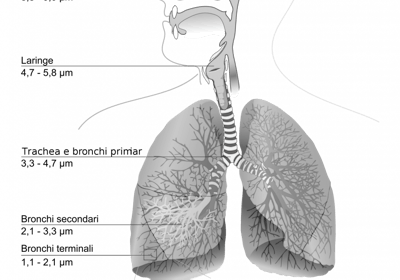Dust is defined as ‘a fine powdery material that is blown around in the air’. We can often see a thin film of powdery material on our car windshields or on ledges and stairways outside our houses as well as inside on tables, window sills, floors, kitchen counters, for example. But what is dust and will it hurt us when we breathe?
For starters, let’s look at what dust is and where it comes from so that we can figure out if breathing it will make us sick.
Dust is a catch-all word that includes both natural and man-made sources. For example, airborne wind-blown topsoil and salt from ocean spray are included in the definition of dust. But so is soot from chimneys and industrial processes and tailpipe particle emissions from vehicles.
How is dust defined and why is harmful?
Now we need to look at how scientists define dust. Scientists use the term ‘particulate matter’ to define dust. They also talk about the size* of the particles because the type and size of a dust particle determines how toxic the dust is.
Possible harm the dust may cause to your health is mostly determined by the amount of dust present in the air, the particle sizes present and how long you have been exposed to it. Dust particles small enough to be inhaled can lodge in the lungs and make it harder to breathe, and may also cause irritation of the eyes. Ultra-fine particles from combustion sources like vehicles are implicated in impacts on cardiovascular health.

A map describing the penetration of particulate in the respiratory system
Air pollution from industrial and transport activities as well as work-related activities in industries that create dust can be problematic if proper safety precautions are not taken. Air pollution is managed by regulatory agencies that understand what policies to put in place. Workplace exposure is managed by workplace health and safety agencies and workplace policies.
Dust also contains microscopic bugs such as dust mites, as well as fragments of dead plant and animal matter, including pollens which can trigger allergic reactions like asthma.
Monitoring dust to determine impacts on human health
Dust monitoring is one way of determining how much dust is in the air, or its concentration. There are also techniques to measure how much dust has deposited out of the air: this is called ‘dust deposition’.
Both types of air quality monitoring are used throughout the world by air pollution regulators and worker heath and safety agencies. There are many variations among the specific methods of dust measurement, ranging from very simple to highly advanced technologies.
At Envirosuite we use monitoring data to track dust concentrations in real time. We also track problems once they have occurred, provide forensic information on where and when the sources of dust came from.
For proactive management, Envirosuite also predicts and advises on future (3-days) risks of dust levels impacting the area. Our tools are used by industry and regulators to mitigate and manage dust problems.
*The size is described by the diameter of the particulate in terms of micrometres. Large particles are classified as TSP or ‘total suspended particulates’, PM10 is particulate matter that is 10 micrometres or smaller, PM2.5 is particulate matter that is 2.5 micrometres or smaller, and so on.
